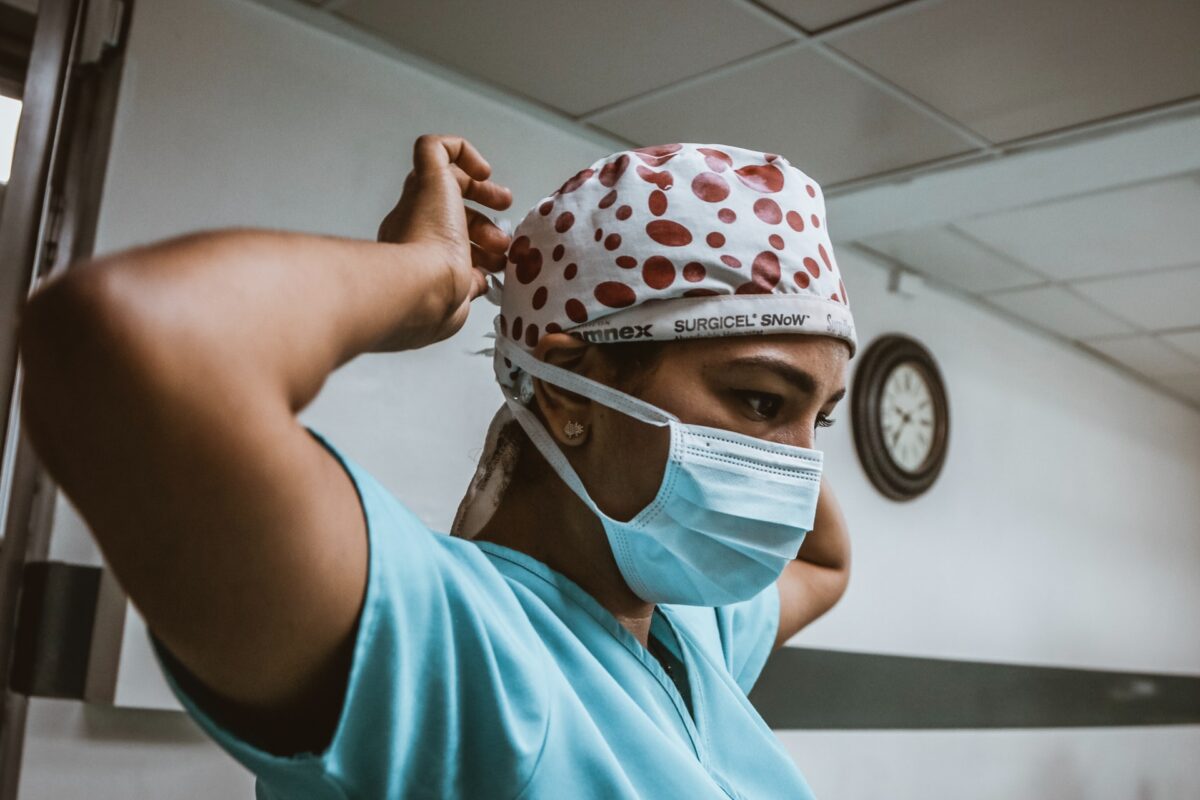Hair transplant procedures are used to restore or add volume to thinning hair in both men and women. The medical practice is becoming more popular among all genders leading to an increased awareness of how it works, what it entails, and its potential side effects. If you’re considering hair restoration or just learning about the process, here’s everything that you need to know.
How Hair Transplants Works
Hair transplant procedures require a skilled and specialized team of medical professionals. While the surgery is performed by a dermatologist or plastic surgeon, those who assist with recovery from anesthesia and complications often include neurologists and anesthesiologists. You can find out more here to determine the best method for restoring your hair. Typically this involves removing small patches of skin near your natural hairline and grafting it onto areas that have thinned out. The most common surgical procedure is follicular unit extraction (FUE) where individual hairs are carefully removed from one section of the scalp and transplanted into another part of the head.
A more invasive technique known as FUT, or follicular unit transposition, requires removing larger sections of skin and stitching nearby veins closed. Once the transplanted hair has fallen out, usually after several weeks you’ll find that it’s stimulated new growth in the area where it was transplanted. It will require continuous treatment to retain its appearance until natural hair grows back over time. Alternatively, doctors may offer scalp reduction procedures that combine FUE with contouring methods for more drastic results.
Side Effects After The Surgery
While some patients may find that they have a headache after their surgery, others experience no pain at all. Some mild discomfort can be expected and over-the-counter pain medication should do the trick. Patients with sensitive scalps may find it more difficult to deal with post-operative pain. Discomfort for this type of patient is often treated with oral antihistamines and topical analgesic ointments such as Benadryl, Bacitracin, or Neosporin. Post-op care instructions for hair transplant procedures will also include the use of antibiotic ointment in order to decrease the risk of infection while sutures are healing on the scalp.
Recovery Time For Hair Transplants
Patients who opt for a hair transplant can expect to go home from the surgery with a bulky dressing on their heads. This dressing will need to be kept dry and tight to assure proper healing of transplanted follicles so it is important that patients find a good waterproof covering to use over the bandage. Some doctors recommend using a shower cap covered by a garbage bag secured with packing tape, while others find that patients do well if they simply wear a stocking hat through the night after surgery.
In most cases, transplanted hairs fall out within ten days or less as they begin their new growth phase. Patients need to be patient at this time as the final results of the procedure may not be seen for at least six months after surgery.
Hair Transplant Recovery Timeline
Hair loss in men typically begins later than in women, so it is not unusual for male patients to find significant results when they return for their follow-up evaluation. Women with moderate hair loss find the most dramatic results during the third month after transplant surgery. Most people find that transplanted hairs fall out within ten days or less as they begin their new growth phase. It will take at least six months before final results can be seen and evaluated (some patients report seeing benefits sooner).
All sutures are generally removed within one week of surgery. For patients receiving FUE procedures, some swelling and discomfort may persist for up to two weeks without any special treatments needed to deal with it.
How effective are hair transplants?
Hair transplant procedures provide excellent results when performed by a highly skilled and experienced dermatologist. Depending on the patient’s age, general health, and other factors, dramatic results may be achieved within six months after treatment. Hair transplants are most effective when used to restore hair in the early stages of thinning. Those who receive the surgery at a young age will enjoy the most benefit as it can lead to permanent result
Hair transplants require a significant amount of patience and all patients should understand that the final results of their surgery may not be visible for at least six months. Some people find that they don’t see any new hair growth until their three-month follow-up appointment while others report seeing benefits after just one month. If you are planning to undergo a transplant, find out more about how these procedures work first. The more you know, the better prepared you will be for questions that may arise during your treatment session.
